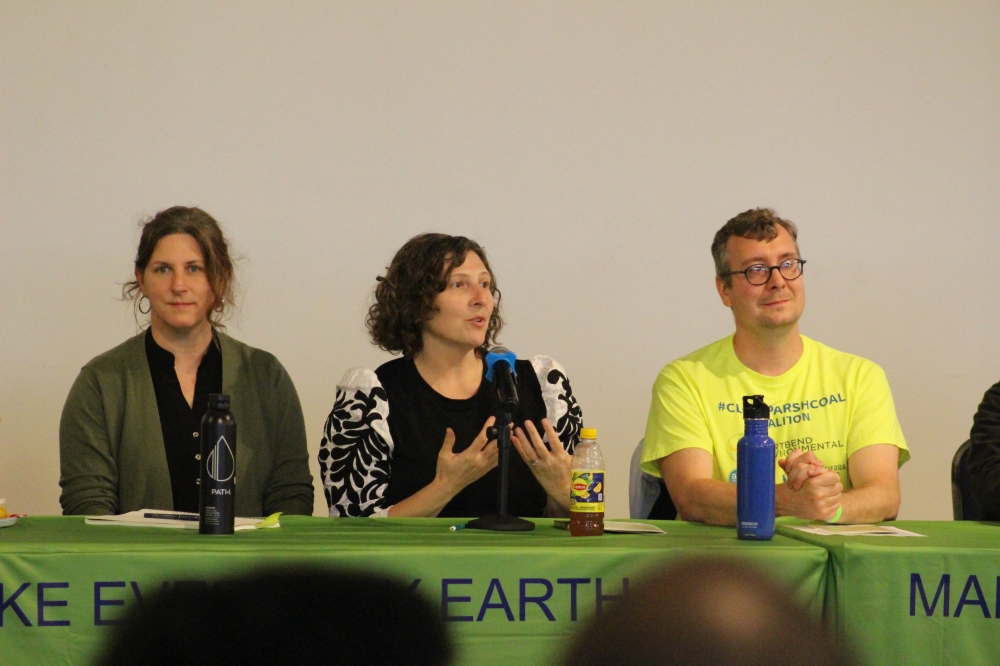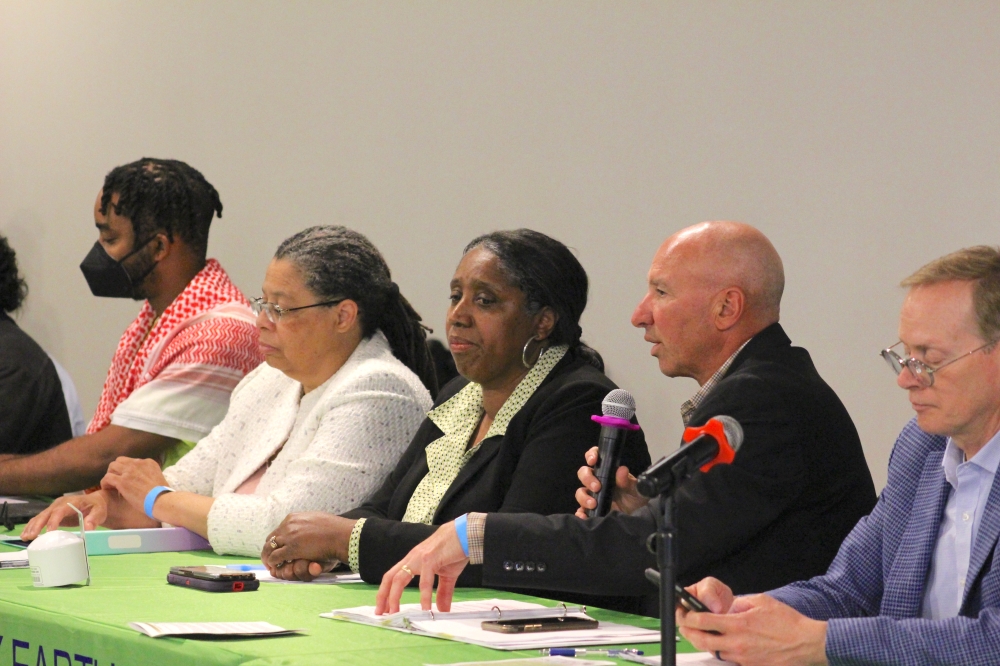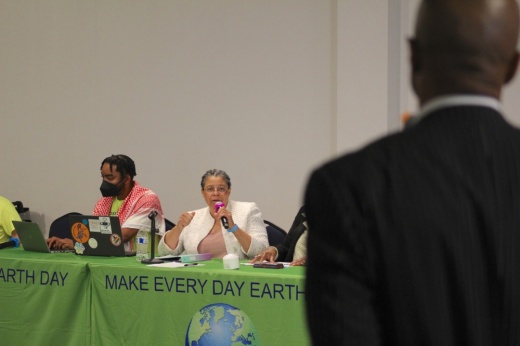The gist
Six environmental and community groups from across the Houston area gathered with officials from the EPA’s Region 6 office for an April 24 panel hosted by nonprofit Fort Bend County Environmental Organization. Region 6 comprises Texas, four other southern states and 66 Tribal Nations.
At the Missouri City Community Center, EPA officials and advocates discussed environmental challenges in Fort Bend County and new federal changes on fine particulate matter—also known as PM2.5.
Why it matters
Jennifer Hadayia, executive director of nonprofit Air Alliance Houston, said air pollution affects "every system in the body" and can cause various adverse health effects, including respiratory and cardiac conditions, and can affect reproductive health, birth outcomes and mental health.
"It's no exaggeration to say that having clean air to breathe is one of our most impactful public health interventions," she said.
Southeast Houston resident Erandi Trevino, an organizer with Washington, D.C.-based nonprofit advocacy group Public Citizen, said she experiences various health symptoms, such as migraines, which she credits to pollutants in her area.

In February, the EPA released new national air quality standards for PM2.5, which federal officials said can have dangerous health effects. EPA officials suspect Harris County and nine other Texas counties won’t meet the new standards.
Although Fort Bend County doesn’t have regulatory air monitors, David Garcia, director of the EPA’s Air and Radiation Division, said it’s “very likely” the county will also be deemed in nonattainment with the new PM2.5 standards due to its proximity to Harris County monitors and its contributions to air pollutants regionally—citing NRG Energy’s W.A. Parish coal plant south of Sugar Land as a large emission source.
If the Houston airshed is deemed in nonattainment status for fine particulate matter, it'll add to the eight-county Houston-Galveston-Brazoria region’s 2008 and 2015 nonattainment status in eight-hour ozone requirements, Garcia said.
When this happens, the TCEQ must adopt a state implementation plan to address the nonattainment areas. Previous TCEQ plans to the EPA to meet national ozone requirements have “failed,” Garcia said.
“They did not work, so as a result we’re having to reclassify them to a more severe classification, which is going to tighten the requirements for [emission] sources contributing [regionally] even tighter,” he said.
The EPA will identify which counties are in nonattainment for new PM2.5 standards in February 2026. Then the TCEQ will need to submit a plan for how to address nonattainment, Garcia said.

State Rep. Ron Reynolds, D-Missouri City, spoke during the Q&A portion of the panel to call upon the EPA and federal government to have more oversight on the TCEQ’s decision-making. Reynolds serves on the House’s Environmental Regulation Committee, which has oversees the TCEQ.
“Time and time again when it comes to regulations, they overextend the rules for industries ... to the detriment of consumers and Texans,” he claimed. “So we need the EPA to do more; ... we really desperately need you in Texas. ... We haven’t done anything to address the crux of air quality in Texas.”
The TCEQ has permitting authority statewide, but the EPA has oversight in permitting programs, EPA officials said. Additionally, local governments have oversight over zoning requirements.
EPA Deputy Regional Administrator Stacey Dwyer recommended residents contact the EPA if there’s a permit filed through the TCEQ that they want on federal officials’ radar.
Additionally, Hadayia encouraged community members to get involved if they’re concerned about a facility impacting their health.
“Never underestimate the power you can have as a community coming together because I have seen it happen: I have seen [companies] walk away; I’ve seen facilities rescind their permit applications because they have witnessed the power of community coming together,” she said. “So it is worth submitting your comments; it is worth coming out because I have seen it have an impact.”

Air quality in Fort Bend County is difficult to determine, due to there not being any state- or federally regulated air monitors in the county.
The TCEQ is the state agency responsible for installing air monitors, and the monitor network in the Houston area meets the minimum requirements of the Clean Air Act, Garcia said. The monitor locations are determined by factors such as population density and area emissions, he said.
“Trust me, I understand your aggravation that you don’t have monitors; there’s not a community that we go to or we’ve spoken to that doesn’t want monitors,” Garcia said to attendees of the panel. “We cannot direct TCEQ to add a monitor there ... because they meet the requirements.”
After the panel, EPA officials gave three air quality sensors from sensor seller PurpleAir to FBCEO. The nonprofit was the first to receive it as part of the EPA's pilot for its new Air Sensor Loan Program, EPA Region 6 Regional Administrator Earthea Nance said.
Garcia said residents should be informed of air quality in their neighborhood, and data could be used to help advocate and leverage for regulatory monitors to be installed in Fort Bend County or for future legislation.
“We can use that information as leverage material to encourage the state to take a stronger stance on permitting, rock crusher [facilities], etc.,” Garcia said.

The EPA has 18 additional PurpleAir sensors available for Fort Bend County organizations, which they can request through an application process.
In the meantime, FBCEO President Donna Thomas said her organization plans to install two of the three monitors near the W.A. Parish plant and in the Ridgemont neighborhood. She’s still determining the location for the third.
"The EPA responded on a lot of things we asked for, but, unfortunately, certain things they said have to go through the [TCEQ]," she said. "We're fighting the battle, so we're stuck like chuck until we can get some grant money to make it happen for ourselves."





